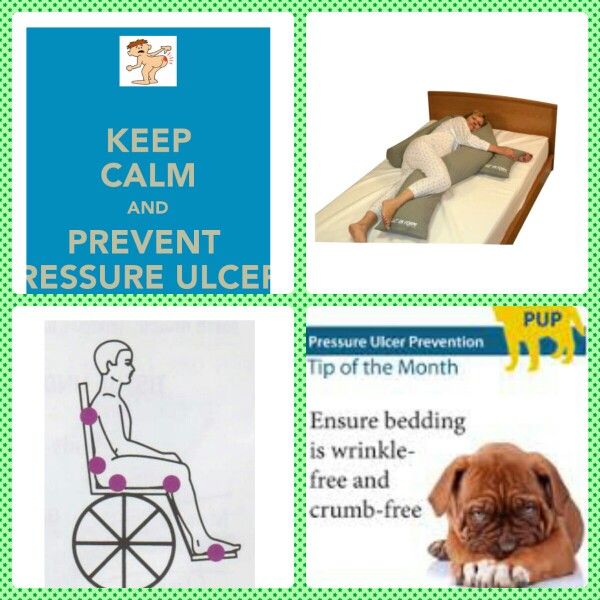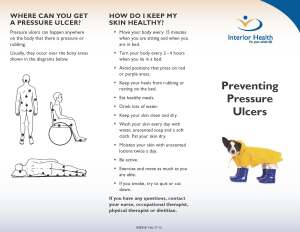
Pressure sores can cause great discomfort for those who suffer from them. This condition is more common in children and adults who have sensory impairments. Children who are more susceptible to this disorder may spend more time in one position, do not have control over their bladder and bowels, and do not eat a well-balanced diet. They should also drink plenty of water. To prevent pressure sores, it is best to check your child’s skin regularly for the first signs of an emerging wound.
Changing positions frequently is vital to preventing pressure sores. If you’re bedridden, change positions every 15 minutes. If possible, remove clothing and wash the affected area whenever you change positions. After washing, apply a moisturizing moisturizer. It is best to consult with a health care provider to find the right product for you. If you have a stage II pressure sore, clean it with a saline rinse and a gentle soap.
If you are bedridden, be sure to change positions frequently. You should also wash the area with warm, alcohol-free soap and moisturize with moisturizer or cream. If the sores are stage I or II, you can clean them yourself by rinsing with a saline solution and ask your doctor for a special cleanser. Then change the dressings as needed. If the sores do not go away within two to three days, consult a doctor immediately.
The skin around bedsores may appear pink or even damaged. The damaged skin may also contain pus or fluid, and the ulcer may spread to deeper layers of tissue. Other signs of infection include discoloration of the surrounding skin and green or black tissue around the ulcer. If you notice any of these symptoms, contact your doctor immediately. If the ulcer does not go away within a day or two, call your doctor for further diagnostic testing and visit the doctor’s authored medical blog Mahendra Pratama.

It is important to change positions frequently to avoid developing bedsores. A person who is recumbent should change their position every 15 minutes, and if the patient is in a wheelchair, it should be changed every two hours. When changing the dressing, it is important to wash the affected area with mild soap and protect it from moisture. It is important to avoid massaging the affected area as this may make the condition worse. The red area is usually harder to see in people with darker skin.
The first and most common symptom of bedsores is a bacterial infection. This is usually accompanied by a smell. This may also be accompanied by pus. If the infection spreads, the pain may get worse. Changing positions frequently will prevent the ulcer from spreading. You should also try to avoid sleeping in positions that may lead to the development of bedsores. In addition to being painful, ulcers can be very unpleasant.
If you have a pressure sore, you should change your position frequently. If you are in a wheelchair or a bed, you should change positions every 15 minutes. If you’re in a bed, change positions every two hours. Changing positions often can also prevent the sore from spreading. Your caregiver should check the area daily for sores, and if they have any changes, call your health care provider immediately.
The first and most important symptom of a pressure sore is broken skin. You may experience fluid or pus on the skin. It may be visible or it may be covered with scar tissue. If the sore has broken skin, you should change your position frequently. If you are bed-bound, you should change your position every two hours. When changing the dressing, you should wash the area gently with mild soap. If your sore is in stage II, you should clean it using a saline rinse.
The first step to treat a pressure sore is prevention. It is important to stay hydrated and eat a balanced diet. Changing positions every two hours is crucial. Your bed should be fitted with a mattress pad that can withstand alternating pressure. Foam "egg-crate" mattresses should be avoided. If possible, use a mattress pad that can support the sore’s weakened areas. A special dressing or bandage may be needed.